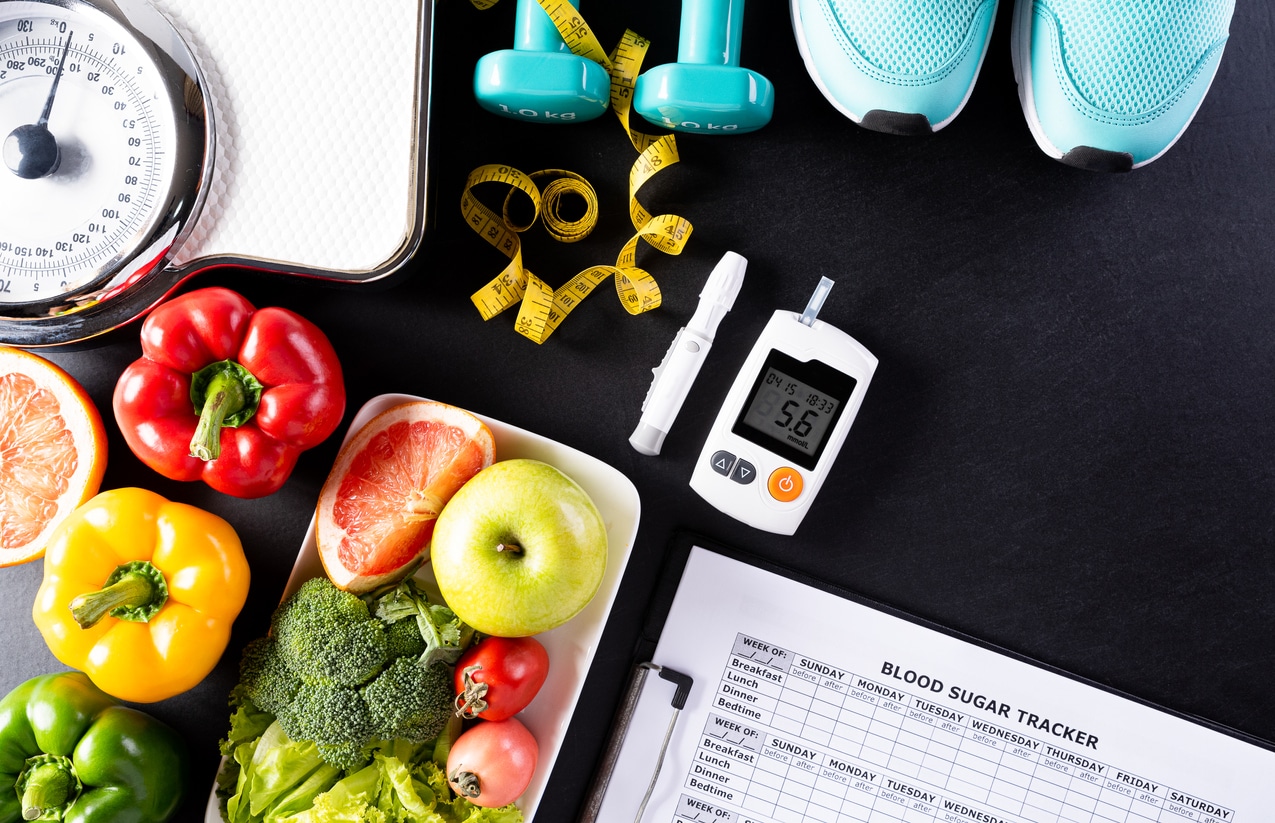Prediabetes and Type 2 Diabetes
Having prediabetes means your blood glucose levels are higher than normal, but not high enough to be diagnosed as diabetes. Prediabetes can lead to heart disease, stroke, and type 2 diabetes if it goes unmanaged.
Type 2 diabetes is a condition that results in your body not being able to use insulin properly. This is called insulin resistance. In the early stages, the pancreas makes extra insulin to compensate, but as the condition progresses, it is unable to make enough insulin to keep your blood glucose at normal levels. If type 2 diabetes goes unmanaged, high blood sugar levels begin to damage the body and can cause other serious health problems, such as heart disease, vision loss, and kidney disease.
The Facts
According to the CDC, more than 30 million Americans have diabetes, about 1 in 10, with around 90% to 95% of them having type 2 diabetes. An additional 88 million U.S. adults, roughly 1 in 3, have prediabetes and are at risk of developing diabetes.
Diabetes is currently the seventh leading cause of death in the United States. While this disease mainly used to develop in adults over the age 45, more and more children, teens, and young adults are now developing it. The CDC predicts that if lifestyle changes are not taken seriously, 1 in 5 U.S. adults will have type 2 diabetes by 2025. The good news, though, is that there are lifestyle changes that can be made to help reduce your risk for developing prediabetes and type 2 diabetes.
Prevention
Step 1: Take the Type 2 Diabetes Risk Test. According to the American Diabetes Association, an estimated 7.2 million people with diabetes are undiagnosed and 1 in 3 American adults are at risk for developing type 2 diabetes. Taking the risk test will help you better understand your risk factors and what kind of lifestyle changes you need to think about making.
Step 2: Focus On Balanced Nutrition. It is important to avoid severely restrictive, fad diets and instead focus on proper balanced nutrition. Limit red meats, avoid processed meat all together, and choose nuts, beans, legumes, and lean meats like poultry and fish as your protein sources. Eat plenty of fruits and vegetables, especially leafy greens, and choose whole grains and whole grain products over highly processed carbohydrates. Most importantly, avoid processed foods and sugary drinks as much as possible!
Step 3: Engage in Regular Physical Activity. Research shows that exercise helps you maintain a healthy weight, which is very important in preventing type 2 diabetes. This is because excess body fat, particularly if stored around the abdomen, can increase the body’s resistance to insulin. Exercise also helps to lower blood sugar levels and it boosts sensitivity to insulin, which helps keep your blood sugar within a normal range. For the best results, aim to engage in both aerobic exercise and resistance training.
Step 4: Quit Smoking (Or Never Start!) According to the CDC, smokers are 30–40% more likely to develop type 2 diabetes than nonsmokers. The more cigarettes you smoke, the higher your risk for type 2 diabetes. Research also shows that smoking after being diagnosed not only makes diabetes harder control, but it puts you at risk for a wide range of additional health issues.
Step 5: Manage Your Stress Levels. High stress levels that go unmanaged can have numerous negative affects on your health, such as poor sleep quality, weight gain, high blood pressure, etc. Over time, these conditions put you at higher risk for type 2 diabetes. To help manage your stress levels remember to choose positive and healthy methods, such as exercise, mediation, yoga, disconnecting from technology, or spending time in nature.
For more information, click here!



